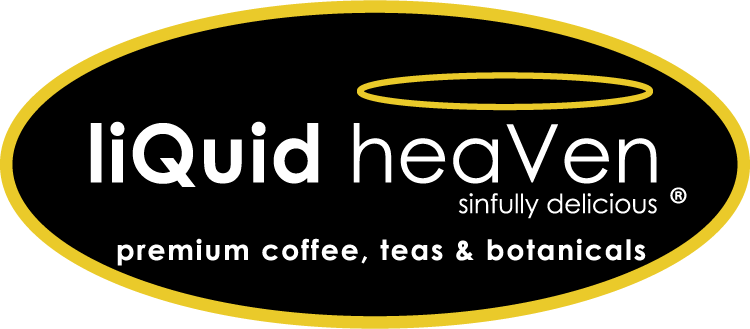Coffee grows in fifty-three countries circling the entire globe around the equator, thus the name “Coffee Belt”.
The Coffee Belt countries are: Angola, Australia, Bolivia, Brazil, Burundi, Cameroon, China, Colombia, Costa Rica, Cuba, Dominican Republic, El Salvador, Ecuador, Ethiopia, Galapagos Islands,
Guadeloupe, Guatemala, Haiti, Hawaii, Honduras, India, Indonesia, Ivory Coast, Jamaica, Kenya, La Reunion, Madagascar, Martinique, Mexico, Mozambique, New Caledonia, Nicaragua, Panama, Papua New Guinea, Peru, Philippines, Puerto Rico, Rwanda, St. Helena ,
Sao Tome and Principe, South Africa, Sudan, Surinam, Taiwan, Tahiti, Tanzania, Uganda, Venezuela, Vietnam, Yemen, Zaire, Zambia and Zimbabwe.
Coffee grown in different parts of the world have unique characteristics due to the different climates, temperatures, types of soil, and even the crops intercropped with coffee.
All varieties of the coffee plant require warmth and humidity and thrive in areas with generous amounts of precipitation and average temperatures.
Coffee Varieties
There are three basic species of coffee cultivated commercially:
Arabica – this is the premium coffee of the world, producing the most complex flavors and aromas. They are more costly because they are more susceptible to destruction by disease and insects, and are often grown in difficult to harvest altitudes and locations.
Robusta – a wide variety of species most often sold as the “canned coffees” we well know. It is much cheaper than Arabicas primarily due to its inferior, bitter characteristics (due to excessive caffeine content). Also because it is more plentiful, less susceptible to destruction or frost and it can be harvested simultaneously by machine on flatter lands.
Liberica – least heard of, it is grown in Malaysia and West Africa, in low demand because of poor flavor characteristics and small quantities produced.
Areas in the Philippines that are perfectly suitable for coffee include
Bukidnon and Baguio for Arabica and
Cavite and Batangas for Robusta, Excelsa, and Liberica (Barako).
Most of these areas incidentally are near volcanoes, Volcanic soil is best suited for coffee production.









